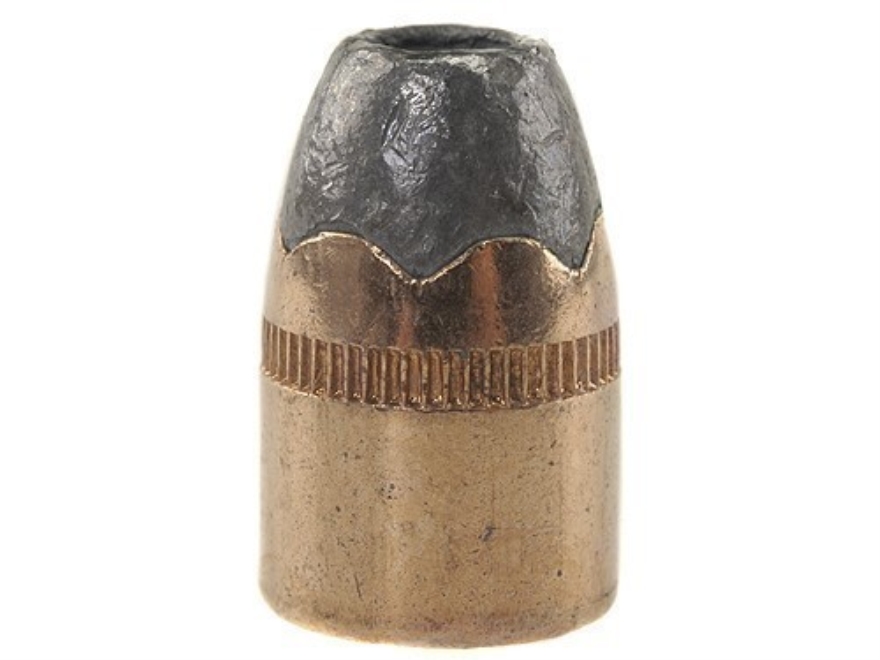The 125gr SJHP was the famous .357 mag 'street proven' 'lighting bolt effect' load that earned the .357 such a fearsome reputation, the reputation that lead to the development of the .357 SIG to try and replicate in an autloader.
You can see the gel test here, sadly the only one I could find using ballistics gel. Definitely nasty.

Rifle velocity / rifle wounding via stretch cavity is typically cited at occurring ~2200fps.
Whats interesting is when you look at energy; what if rifle velocity is really describing a minimum energy that must be rapidly released to cause an adequately large TSC that it induces tearing, possibly helped along by fragmentation?
55gr @ 2200fps = 591 ft/lbs
125gr @ 1450fps = 584 ft/lbs
I've read multiple accounts from both people who have used the .357 mag 125gr in shootings, as well as doctors / morgue guys who saw the results, as well as handgun hunters. All described an outsized, different then normal pistol round effect more akin to a light rifle round (for example an ER nurse who saw a cop have to have their leg amputated after ND'ing a .357 into their thigh.) All the accounts boiled down to "handguns are handguns...and then there's the .357 mag."
I wonder whether thats the combination of achieving minimum rifle energy + having a rifle like fragmenting/expanding rapid TSC achieving projectile?
Whereas .357 SIG typically used a bonded, controlled expansion projectile at a more modest 1350fps, and so never achieved the same effect?
I can't prove any of this but thats been my hypothesis for awhile, and why I'd love to see the old 125gr SJHP married to a full power .357 sig, which can drive a 125gr 1500-1550fps from a G35.





 Reply With Quote
Reply With Quote




